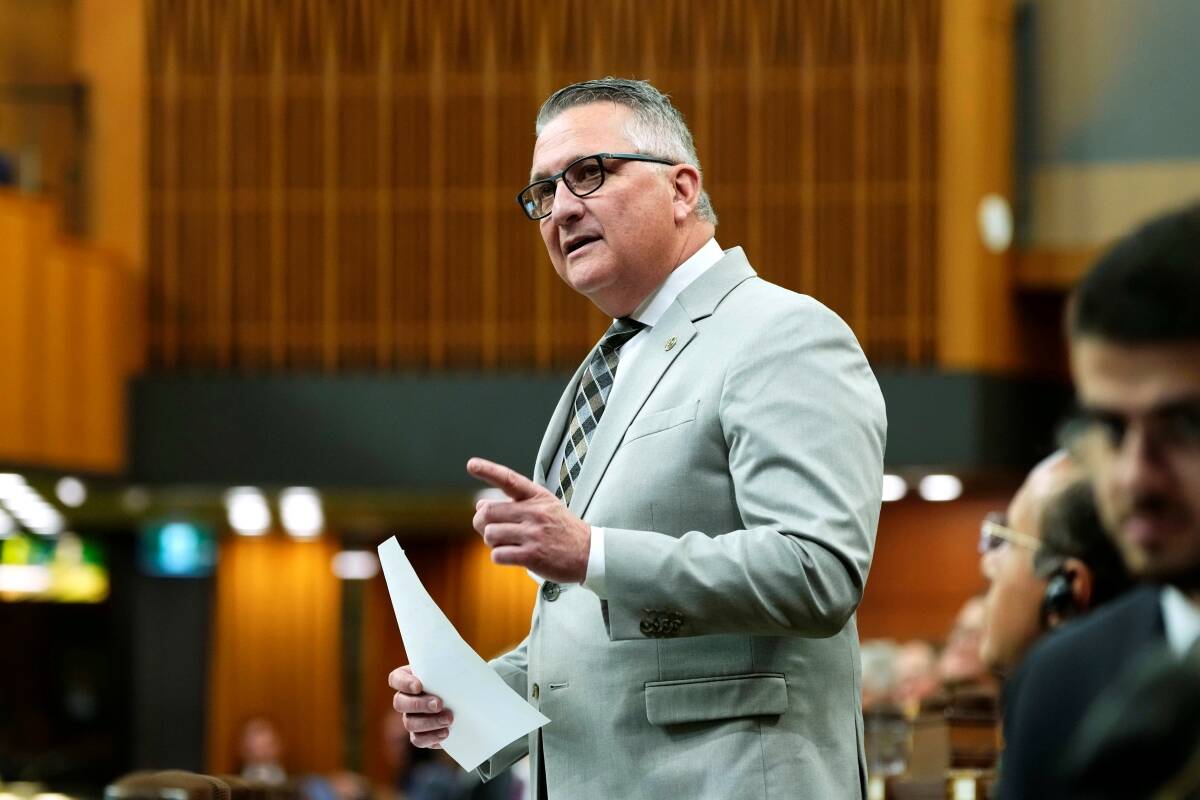A project to extract new high-protein ingredients from canola, hemp and other such crops for use in the food, feed and aquaculture markets will be the first to get funding from Canada’s plant protein supercluster.
Protein Industries Canada (PIC), set up last year as one of five federally-backed research and innovation superclusters, announced Wednesday it will put $4 million over two years toward a project to commercialize a new plant protein processing technology.
Led by Calgary-based Botaneco Inc., working with the Canadian arm of crop chemical and seed firm Corteva and Alberta organic hemp producer Rowland Farms, the project will also leverage another $4 million from industry, PIC said in a release.
Read Also

New opportunities for Canadian goods in Mexico
Agriculture minister’s trip to Mexico sees promotion of Canadian goods like beef and canola, with potential for more partnerships in the future
PIC, billed as a “pan-Prairie” industry-led alliance of over 120 private-sector companies, schools and other stakeholders across the West and elsewhere, was set up with a focus on “fully developing the potential of plant-based proteins from crops such as canola, pulses, grains, hemp and flax.”
PIC and the four other superclusters were chosen last year to split a five-year, $950 million funding commitment from Ottawa’s Innovation Superclusters Program. PIC’s agreed-upon slice of the federal investment pie is almost $153 million.
“This is an exciting day for Protein Industries Canada as we make our first project investment,” PIC’s CEO Bill Greuel said in its release. “This represents a significant milestone as a supercluster, and we are thrilled to have worked with the consortium and co-invest into a project that will drive innovative processing and bring new opportunities for feed and food manufacturers.”
PIC said the project it’s funding “has the potential to open new markets for new canola and hemp products which are functional, natural and clean-label” including high-protein canola-based concentrates for food uses as well as livestock and aquaculture feeds.
Bringing higher-value products to market “will contribute to a more robust processing sector, while creating jobs in manufacturing, food science applications and commercial leadership.”
Botaneco was set up in 2014 to commercialize an oilseed processing technology platform billed as “bringing a novel approach to producing new lipid and protein products which will sell for higher values.”
Products coming out of Botaneco so far have been mostly safflower-based and mainly for the personal care sector, including Hydresia oleosomes for skin care; CapSol, for sun protection; and Karmyn proteins for use in hair and skin care products and cleansers.
Botaneco’s CEO James Szarko said Wednesday the company “is very excited about the potential of our novel oilseed processing platform and the PIC co-investment “will allow us to expand our internal research capacity and contribute to the building of a Prairie proteins ecosystem.”
Similarly, Tyler Groeneveld, North American commercial grains and oils leader at Corteva, said the company is “excited to work with best-in-class partners like Botaneco” on new end-use opportunities for high-protein canola “beyond traditional feed use.”
Corteva, a merger of the agriculture businesses of Dow Chemical and DuPont, was formally spun off from DowDuPont earlier this month, taking with it the two companies’ grain and oilseed trait and crop protection portfolios.
Extracting “untapped value in feed, food and consumer care” through this project, Groeneveld said Wednesday, would provide “a model in Canadian agriculture for value-chain partnerships.”
PIC’s first call for proposals from its members closes Friday; its second call for projects opens Sept. 1 with a Sept. 13 deadline.
PIC and the four other superclusters — Ocean, Digital Technology, Advanced Manufacturing and Scale.AI — earlier this month also got involved in a new federally-organized administrative arrangement, allowing for “trans-Atlantic cluster collaboration” with similar cluster groups in the European Union. — Glacier FarmMedia Network












